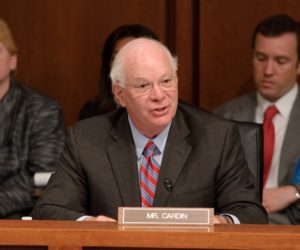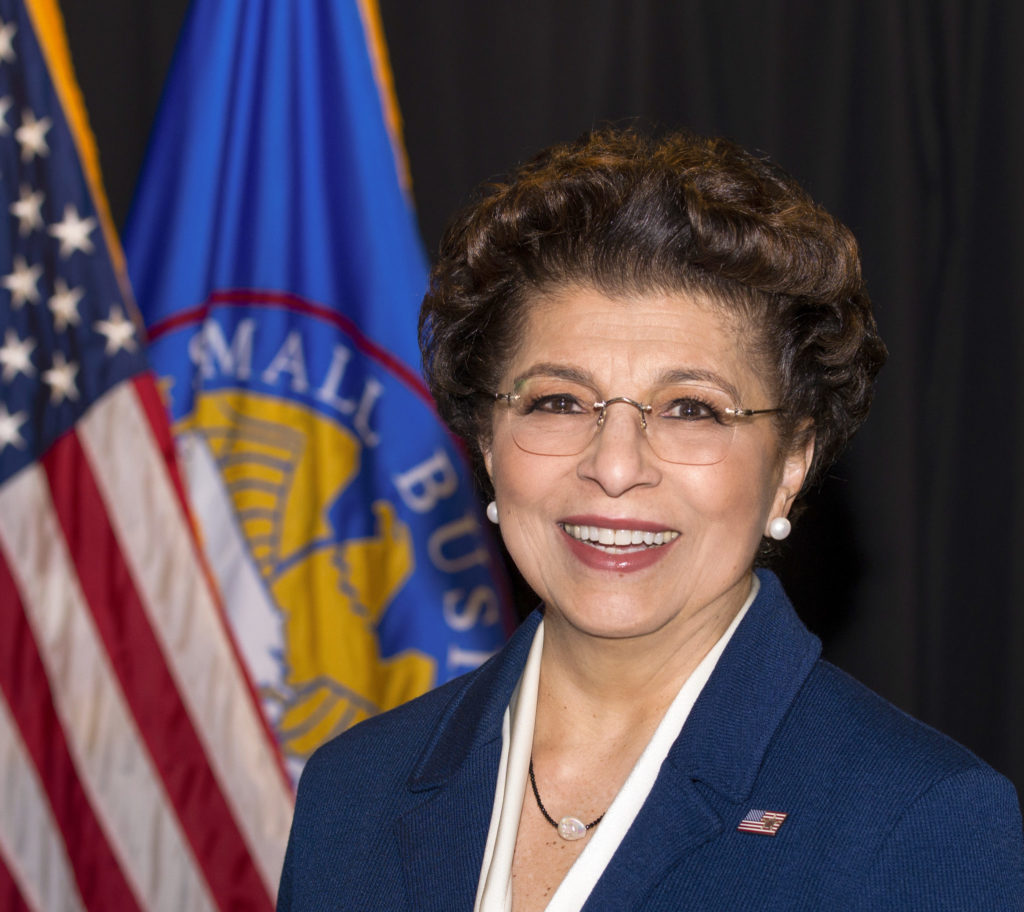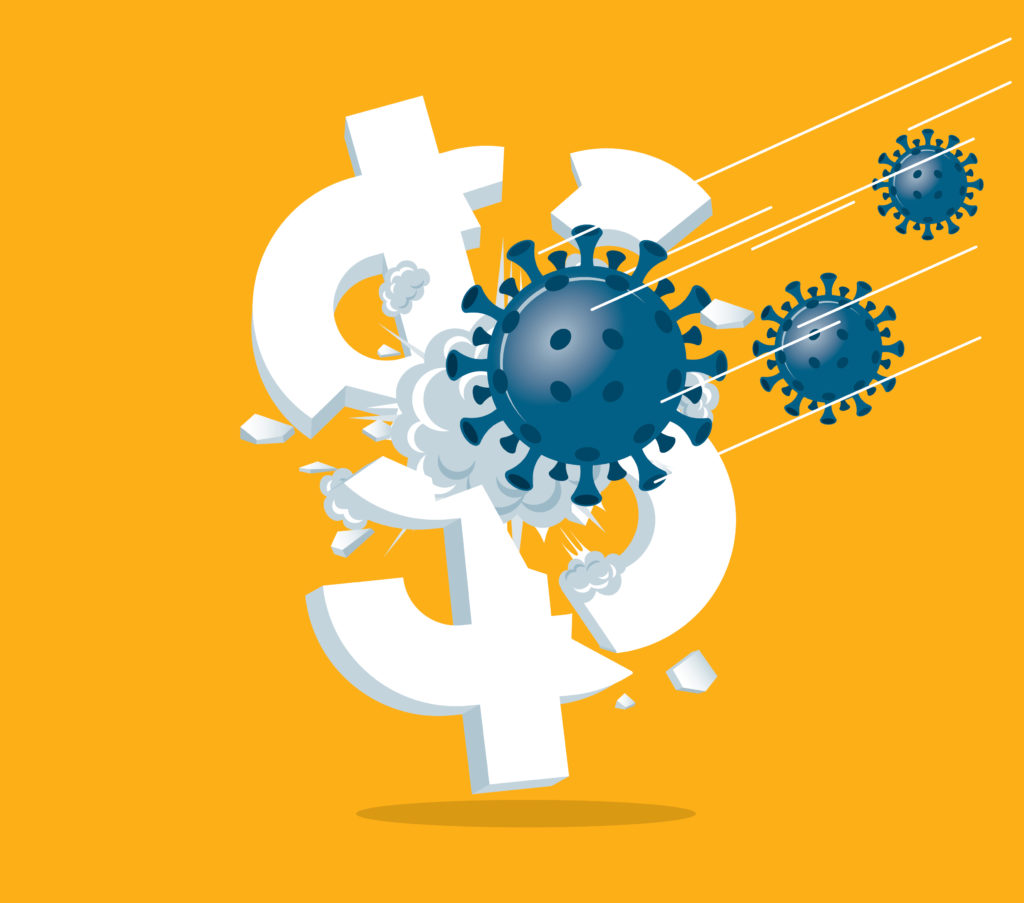
Senate Small Biz Committee issues FAQ on CARES Act financial help for body shops
By onBusiness Practices | Education | Legal | Market Trends | Repair Operations
U.S. Senate Small Business Committee Ranking Member Ben Cardin, D-Md., has released an helpful Q&A for body shops and other small businesses on help available to them under the $2.2 trillion CARES Act.
The bill frees up hundreds of millions in low-interest “Payroll Protection Program” and Economic Injury Disaster Loan dollars to help collision repairers and other entrepreneurs stay afloat during a COVID-19 coronavirus-related economic slump.
Even better, you don’t have to pay back $10,000 in EIDL Emergency Economic Injury Grant funding and potentially the entire PPP loan.
There’s also debt relief for existing non-disaster SBA loans. Other programs also are available if a business would prefer those over the PPP loan.
Collision repairers and other small businesses who wish to take advantage of the measure are likely to have questions. The SBA has a COVID-19 relief website that will answer some of them and be the most current resource. However, we thought excerpts from the Small Business Committee document would help repairers as well.
We’ve presented them below with minor formatting edits; read the entire FAQ here.
Payroll Protection Program
QUESTION: What types of businesses and entities are eligible for a PPP loan?
Answer:
- Businesses and entities must have been in operation on February 15, 2020.
- Small business concerns, as well as any business concern, a 501(c)(3) nonprofit organization, a 501(c)(19) veterans organization, or Tribal business concern described in section 31(b)(2)(C) that has fewer than 500 employees, or the applicable size standard in number of employees for the North American Industry Classification System (NAICS) industry as provided by SBA, if higher.
- Individuals who operate a sole proprietorship or as an independent contractor and
eligible self-employed individuals. … - Affiliation rules are also waived for any business concern operating as a franchise that is assigned a franchise identifier code by the Administration, and company that receives funding through a Small Business Investment Company.
QUESTION: How is the loan size determined?
Answer: Depending on your business’s situation, the loan size will be calculated in different ways (see below). The maximum loan size is always $10 million.
- If you were in business February 15, 2019 – June 30, 2019: Your max loan is equal to 250 percent of your average monthly payroll costs. If your business is a seasonal employer, the max loan is equal to 250 percent of your average monthly payroll costs between February 15, 2019 – June 30, 2019; you can also opt to choose March 1, 2019 as your time period start date.
- If you were not in business between February 15, 2019 – June 30, 2019: Your max loan is equal to 250 percent of your average monthly payroll costs between January 1, 2020 and February 29, 2020.
- If you took out an Economic Injury Disaster Loan (EIDL) between February 15, 2020 and June 30, 2020 and you want to refinance that loan into a PPP loan, you would add the outstanding loan amount to the payroll sum.
QUESTION: How is the forgiveness amount calculated?
Answer: Forgiveness on a covered loan is equal to the sum of the following payroll costs incurred during the covered 8 week period compared to the previous year or time period, proportionate to maintaining employees and wages (excluding compensation over $100,000):
- Payroll costs plus any payment of interest on any covered mortgage obligation (not including any prepayment or payment of principal on a covered mortgage obligation) plus any payment on any covered rent obligation plus and any covered utility payment.
QUESTION: How does the PPP loan coordinate with SBA’s existing loans?
Answer: Borrowers may apply for PPP loans and other SBA financial assistance, including Economic Injury Disaster Loans (EIDLs), 7(a) loans, 504 loans, and microloans, and also receive investment capital from Small Business Investment Corporations (SBICs). However, you cannot use your PPP loan for the same purpose as your other SBA loan(s). For example, if you use your PPP to cover payroll for the 8-week covered period, you cannot use a different SBA loan product for payroll for those same costs in that period, although you could use it for payroll not during that period or for different workers.
Economic Injury Disaster Loans and Emergency Economic Injury Grants
These grants provide an emergency advance of up to $10,000 to small businesses and private non-profits harmed by COVID-19 within three days of applying for an SBA Economic Injury Disaster Loan (EIDL). To access the advance, you first apply for an EIDL and then request the advance. The advance does not need to be repaid under any circumstance, and may be used to keep employees on payroll, to pay for sick leave, meet increased production costs due to supply chain disruptions, or pay business obligations, including debts, rent and mortgage payments.
QUESTION: What is an EIDL and what is it used for?
Answer: EIDLs are lower interest loans of up to $2 million, with principal and interest deferment at the Administrator’s discretion, that are available to pay for expenses that could have been met had the disaster not occurred, including payroll and other operating expenses.
QUESTION: Who is eligible for an EIDL?
Answer: Those eligible are the following with 500 or fewer employees:
- Sole proprietorships, with or without employees
- Independent contractors
- Cooperatives and employee owned businesses
- Tribal small businesses
Small business concerns and small agricultural cooperatives that meet the applicable size
standard for SBA are also eligible, as well as most private non-profits of any size.
QUESTION: How long are Emergency Economic Injury Grants available?
Answer: January 31, 2020 – December 31, 2020. The grants are backdated to January 31, 2020 to allow those who have already applied for EIDLs to be eligible to also receive a grant.
QUESTION: I am unfamiliar with the EIDL process, can anyone help me apply?
Answer: Yes, SBA resource partners are available to help guide you through the EIDL application process. You can find the nearest Small Business Development Center (SBDC), Women’s Business Center, or SCORE mentorship chapter at https://www.sba.gov/localassistance/find/.
Debt relief
This program will provide immediate relief to small businesses with non-disaster SBA loans, in particular 7(a), 504, and microloans. Under it, SBA will cover all loan payments on these SBA loans, including principal, interest, and fees, for six months. This relief will also be available to new borrowers who take out loans within six months of the President signing the bill into law.
QUESTION: How does debt relief under this program work with a PPP loan?
Answer: Borrowers may separately apply for and take out a PPP loan, but debt relief under this program will not apply to a PPP loan.
Alternatives to PPP
Employee Retention Credit for Employers Subject to Closure or Experiencing Economic Hardship
The credit is also provided to employers who have experienced a greater than 50 percent reduction in quarterly receipts, measured on a year-over-year basis.
Wages of employees who are furloughed or face reduced hours as a result of their employer’s closure or economic hardship are eligible for the credit. For employers with 100 or fewer fulltime employees, all employee wages are eligible, regardless of whether an employee is furloughed. The credit is provided for wages and compensation, including health benefits, and is provided for the first $10,000 in wages and compensation paid by the employer to an eligible employee. …
- The credit is not available to employers receiving assistance through the Paycheck Protection Program. The credit is provided through December 31, 2020.
Delay of Payment of Employer Payroll Taxes
This provision would allow taxpayers to defer paying the employer portion of certain payroll taxes through the end of 2020, with all 2020 deferred amounts due in two equal installments, one at the end of 2021, the other at the end of 2022. Payroll taxes that can be deferred include the employer portion of FICA taxes, the employer and employee representative portion of Railroad Retirement taxes (that are attributable to the employer FICA rate), and half of SECA tax liability.
- Deferral is not provided to employers receiving assistance through the Paycheck Protection Program.
Read more here and get the most current information on various programs with the SBA’s COVID-19 webpage.
Correction: An earlier version of this story incorrectly described the forgivable amount of PPP loans.
Businesses can borrow about 2.5 months worth of payroll, up to $10 million. The SBA forgives the whole thing and interest if the money was spent during an eight-week period; it decreases the forgivable amount proportional to cuts in the company’s workforce or pay. At least 75 percent of the borrowed amount must go to payroll during those eight weeks, the remaining 25 percent can be used for certain eligible expenses including utilities and rent.
“The amount of loan forgiveness can be up to the full principal amount of the loan and any accrued interest,” the SBA wrote April 15. “That is, the borrower will not be responsible for any loan payment if the borrower uses all of the loan proceeds for forgiveable purposes described below and employee and compensation levels are maintained. The actual amount of loan forgiveness will depend, in part, on the total amount of payroll costs, payments of interest on mortgage obligations incurred before February 15, 2020, rent payments on leases dated before February 15, 2020, and utility payments under service agreements dated before February 15, 2020, over the eight-week period following the date of the loan. However, not more than 25 percent of the loan forgiveness amount may be attributable to non-payroll costs.”
The article has since been corrected to address this.
More information:
“The Small Business Owner’s Guide to the CARES Act”
Senate Small Business & Entrepreneurship Committee, March 2020
Small Business Administration, March 31, 2020
SBA “Coronavirus (COVID-19): Small Business Guidance & Loan Resources”
SBA Paycheck Protection Program (PPP) webpage
SBA Economic Injury Disaster Loan applications
“Paycheck Protection Program (PPP) Sample Application Form”
CDC COVID-19 coronavirus webpage
Images:
U.S. Sen. Ben Cardin, D-Md. (Provided by Cardin’s office)
Small Business Administration Administrator Jovita Carranza is shown. (Provided by SBA)
The COVID-19 coronavirus pandemic could be financially difficult for some shops. (orbetto/iStock)


